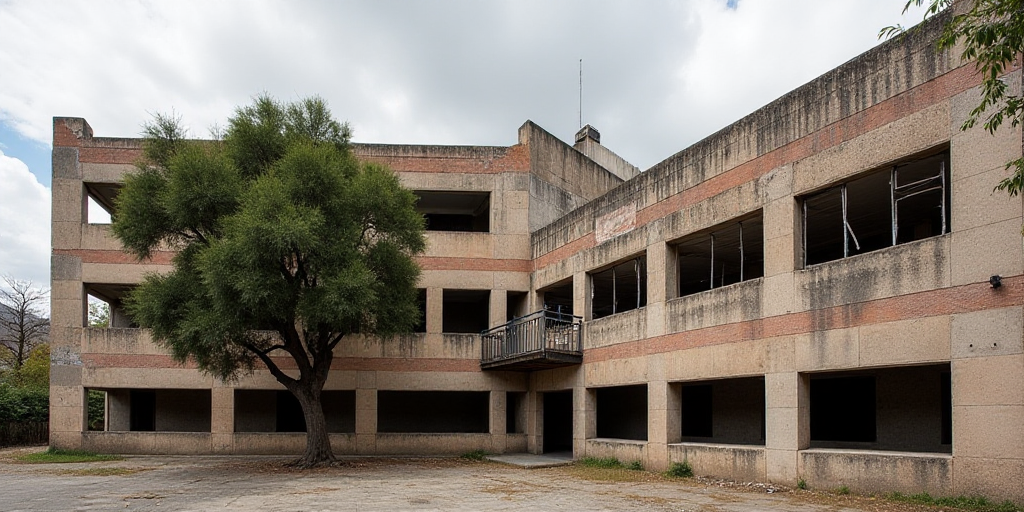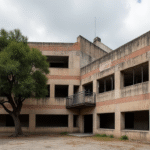Introduction
Mexico, a country known for its high seismic activity, faces significant risks from natural disasters. With 68.2% of its population vulnerable to the effects of natural catastrophes, according to the World Bank, protecting one’s assets with earthquake and volcanic eruption insurance is of utmost importance. This article outlines four key factors to consider when selecting the right insurance policy.
Understanding the Risks
Mexico’s location along the Pacific Ring of Fire makes it prone to both earthquakes and volcanic eruptions. The country has experienced numerous devastating events, such as the 1985 Mexico City earthquake and the 2010 eruption of the Pastor Uribe volcano. These incidents highlight the necessity for proper insurance coverage to safeguard personal and commercial properties.
1. Assess Your Risk Exposure
Location: Determine if your property is situated in a high-risk seismic or volcanic area. Consult with local authorities and insurance providers to understand the specific risks associated with your location.
- Proximity to Fault Lines: Properties near active fault lines are more susceptible to earthquakes. Check if your property is close to any known fault lines.
- Volcanic Activity: If your property is near an active volcano, consider the potential risks of lava flows, ashfall, and pyroclastic flows.
2. Evaluate Insurance Coverage Options
Insurance policies vary in terms of coverage, deductibles, and additional protections. Research different providers to find the best fit for your needs.
- Replacement Cost vs. Actual Cash Value: Understand the difference between these two types of coverage to ensure you’re adequately protected.
- Additional Living Expenses: Check if the policy covers temporary housing and other related costs in case your property becomes uninhabitable due to a disaster.
- Business Interruption Coverage: If your property is used for business purposes, ensure the policy covers lost income during recovery.
3. Compare Insurance Providers
Not all insurance companies offer equal coverage or customer service. Research various providers to find the best fit for your needs.
- Reputation: Look for companies with a solid track record of handling claims and providing excellent customer service.
- Financial Stability: Ensure the insurer has a strong financial standing to guarantee they can fulfill their obligations in case of a large claim.
- Discounts: Some providers offer discounts for bundling policies, installing safety features, or maintaining a claims-free history.
4. Review and Update Your Policy Regularly
As your circumstances change, so should your insurance policy. Regularly review and update your coverage to ensure it remains relevant and adequate.
- Property Renovations: If you make significant changes to your property, such as additions or remodeling, inform your insurance provider to adjust coverage accordingly.
- Inflation: Adjust your coverage limits to account for inflation and ensure your policy provides sufficient protection.
- Changes in Risk Exposure: If your property’s risk exposure changes due to factors like new construction or altered land use in the area, update your policy.
Key Questions and Answers
- Question: What makes Mexico particularly vulnerable to natural disasters?
- Question: Why is it essential to assess your risk exposure?
- Question: What should I look for in an insurance policy?
- Question: How can I compare insurance providers?
- Question: Why is it important to review and update my policy regularly?
Answer: Mexico’s location along the Pacific Ring of Fire exposes it to high seismic activity and volcanic eruptions, making it prone to natural disasters.
Answer: Understanding the specific risks associated with your location helps you choose appropriate coverage and protections for your property.
Answer: Evaluate replacement cost vs. actual cash value, additional living expenses coverage, and business interruption protection to ensure comprehensive coverage.
Answer: Research a company’s reputation, financial stability, and available discounts to find the best fit for your needs.
Answer: Regular reviews ensure your coverage remains relevant and adequate as your circumstances change, such as property renovations or altered risk exposure.






